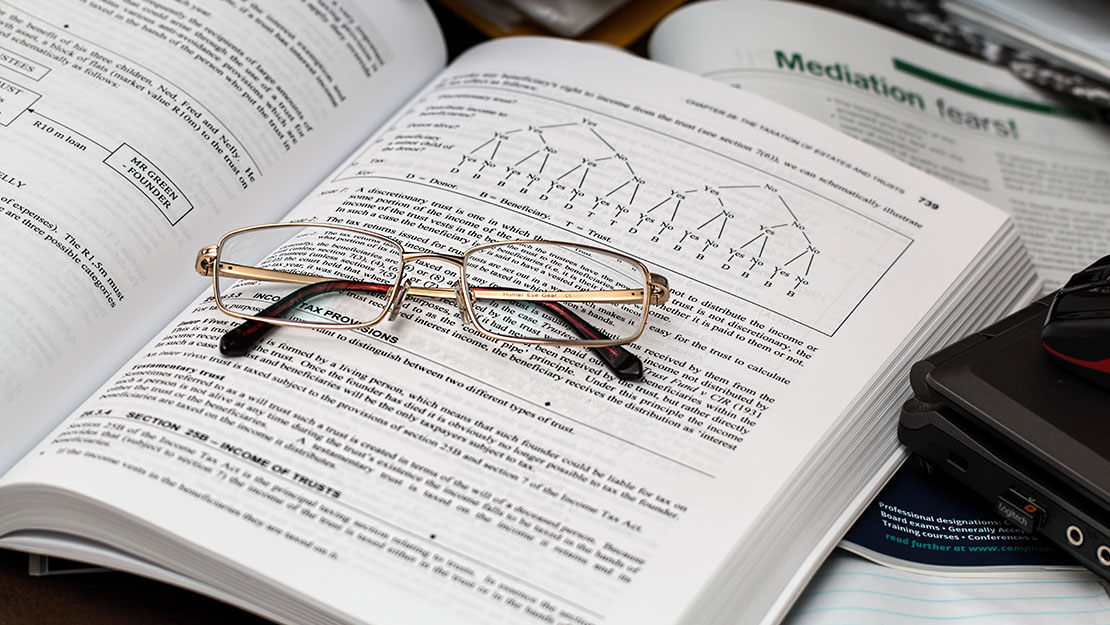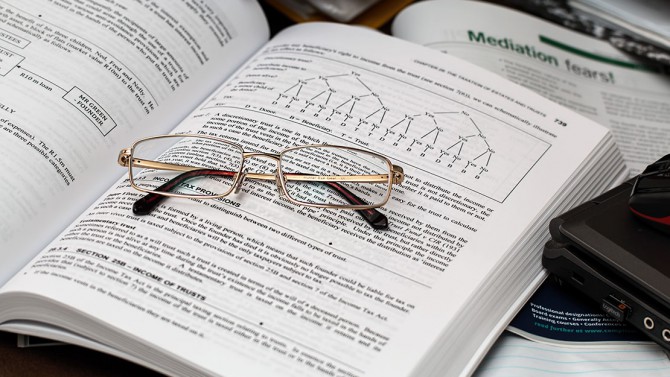
Abstract
The objectives of the cross-sectional survey research were to study health determinants influencing cholinesterase level in serum of agriculturist in Huaphai Subdistrict, Kaendong District, Buriram Province. We used structured interview and measurement of cholinesterase enzyme level in 165 voluntary agriculturist’s blood. The demographic data was summarized by descriptive statistics such as frequency, percentage and mean. The Chi-Square test were used to find out the correlation between health determinants and cholinesterase level in volunteers’ serum in Huaphai Subdistrict. The results indicated a great deal of agriculturist was female 63.64%, age ranging from 49-65 years old 51.52%, normal body mass index 32.72%, no underlying disease 64.24%, graduated from primary school 76.36%, average income per month lesser than 6,000 baht 69.09%, rice farming 47.58%, more than 15 rai of agriculture farm 47.27%, using pesticides longer than 10 years 53.94%, duration of pesticides contact 1–3 hours 56.36%, the supportive information of how to use pesticides for agriculturist 59.39% and agricultural officer 23.18%, agriculturist’s high level knowledge of how to use pesticides 51.52%, moderate level of attitude and practice concerning with using pesticides 68.48% and 46.67%, respectively. The cholinesterase level in serum at unsafe level 84.24%, risk level 13.33%, and safety level 2.43%, respectively. The health determinants indicated body mass index, average family income per month, size of agricultural farm, and pesticides use behavior were significantly related factors to cholinesterase level in agriculturist’s serum (p-value<0.05). The agriculture officer and the officer of Khok Sawang sub-district health Promoting Hospital should provide guidelines for reduction of chemical accumulation in the agriculturist’s risk group by knowledge support of pesticides safe use, periodically following the surveillance, and screening of chemical accumulation in all occupations in the community.








ความคิดเห็น